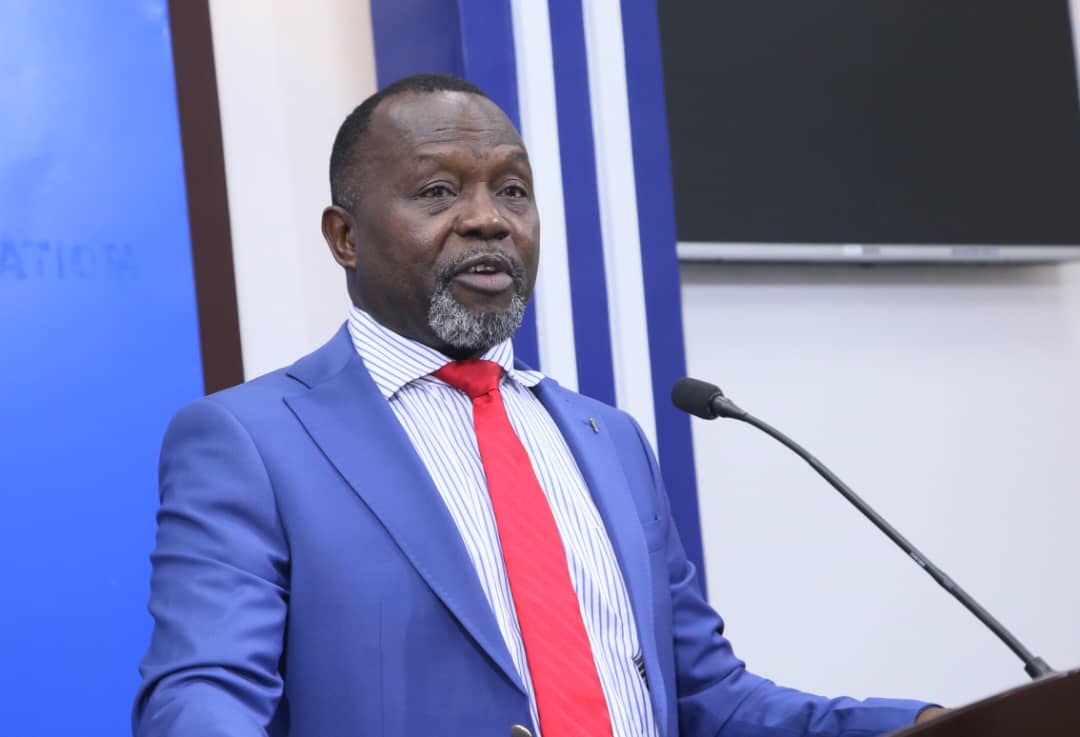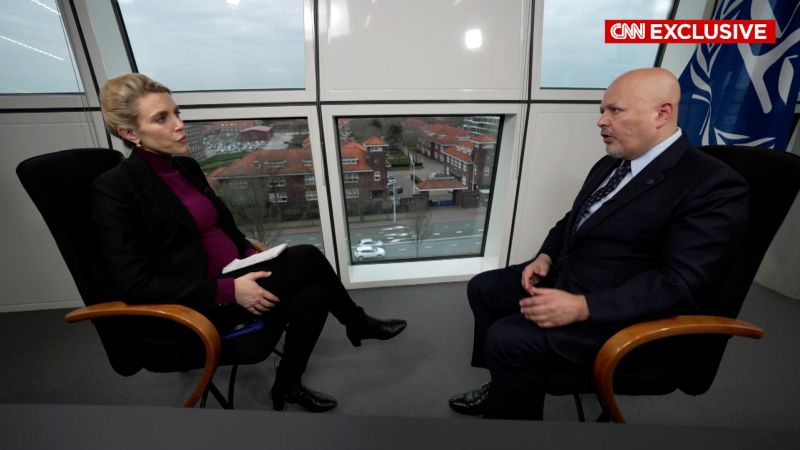What you need to know:
- There is not a single functional operating theatre, and a woman needing caesarean services has to be transferred to the mainland at Mbita Sub-County Hospital.
- It can take anywhere between 25 minutes and one hour to get to the mainland, but sometimes because of the weather, the trip has to be cancelled altogether.
Towering waves surge forth at midnight, swashing against Lake Victoria's shore on Mfangano Island with relentless fury. At Kitawi Centre, a heavily pregnant Everline Oguta stands engulfed in the darkness as it drizzles, waiting patiently as eight men drain water from a boat ambulance following hours of downpour.
Because of the drenching rain, she cannot get a motorcycle to ferry her to hospital, and has to rely on the boat. She clutches her belly and whispers prayers.
Everline and her husband, Joel Oguta, get onto the boat, already undocked by one Walter Opiyo. Midway, her contractions intensify, urging her baby into the world with an urgency that matches the ferocity of the waves. She clenches her fists, and asks her husband to hold her hand. He senses that the moment has come.
“Wait! wait! You cannot do that here,” Joel cries out, for it goes against the norm for a man to be present during childbirth.
But Everline cannot wait. In the absence of medical professionals, she trusts her body's innate ability to guide her through the journey of labour. One long push and out comes the cries of a newborn, their fifth son.
Onshore, a midwife cuts the umbilical cord; they are then transported to Sena Sub-County Hospital, which serves a population of 21,000, including residents of Remba, Ringiti and Takawiri islands.
This was nine years ago, and that baby, Paul Salmen, is now in Grade Three.

Evaline Oguta with her son, Paul Salmen, who was born on a rainy night on a boat on her way to Sena Sub-County Hospital on Mfangano Island, Homa Bay County, nine years ago.
Photo credit: Photo I Pool
Everline counts herself lucky because some women who have attempted to make a similar treacherous journey have died along the way.
Such was the case in April. On Mfangano Island, there is not a single functional operating theatre. A woman needing caesarean services has to be transferred to the mainland at Mbita Sub-County Hospital.
"Maternal mortality ratio in the country has slightly come down from 362 deaths in 100,000 live births in 2014 to 355 in 100,000 in 2019. It is only through early detection and quick interventions on any arising challenges that maternal mortality outcomes can be improved," says Dr Dan Okoro, the United Nations Population Fund (UNFPA) Sexual and Reproductive Health Advisor.
Victim
Elvis Orimba, the nursing officer in charge of the facility, was present when the deceased, then 26 weeks pregnant, arrived at Sena. He bore the responsibility of ensuring she got to Mbita. Crossing the lake with a pregnant woman is a scary experience that he has to relive each time an emergency arises.
It can take anywhere between 25 minutes and one hour to get to the mainland, but sometimes because of the weather, the trip has to be cancelled altogether.
“On that day, it had rained the whole night and morning. She reported severe epigastric pain (pain in the upper right quadrant of the abdomen) at 5am but only arrived at 11am when she had deteriorated and was even convulsing. It was still drizzling when we left," Mr Orimba says.
"The boat lacks a canopy and so, we placed her on a stretcher, covered her with a bedsheet and then wrapped her with a polythene. The problem is that when going against the wave in the evening, water splashes back into the boat.”
Although they made it to Mbita, it was too late. She could not be saved.
Pregnant women of Mfangano and surrounding islands would perhaps be at further risk, had the water ambulance, an initiative of a local community-based organisation not been available.
In 2010, community members joined hands to form Ekialo Kiona Centre to fill the gap of a lack of a water ambulance for emergency services.
One trader from Takawiri donated their first boat. Following the drying up of donor funding, families of postnatal women had to refund the cost of fuel, usually within a month of their recovery. In some cases, individuals did not honour their pledge.
Since January, the Sena Hospital has been partnering with the community centre by reimbursing pregnant women for their fuel charges, but this is bound to get difficult.
“In the past week, fuel prices have risen from Sh210 to Sh225 per litre, and you would need to spend 20 litres for a round trip from Sena to Mbita,” says Brian Mattah, an official at Ekialo Kiona.
According to the Kenya Demographic and Health Survey (KDHS) 2022, since 2003, the percentage of live births occurring in a health facility has more than doubled to 88 per cent in 2022.
This is true for Everline, who is hopeful that she will deliver her sixth child, due in September, at Sena. This will be her first hospital birth; four have been at home and one on the boat.
"I am not as young as I was when I first gave birth and that comes with its challenges, I need to be at the hospital in case of anything.”
Recently, she underwent an ultrasound at Sena, done using a hand-held portable device donated by UNFPA, which has partnered with the Homa Bay County government to improve maternal health outcomes. Another key strategy has been the training of midwives like Mr Otieno, Mr Orimba and their colleagues.
“We have trained over 3000 midwives in emergency obstetrics care and we have equipped nearly 60 skills labs where they can update and enhance their skills.
"We also supported the Ministry of Health to come up with the first midwifery policy, which is key to their practice as we attempt to accelerate the reduction of maternal mortality to around 147 deaths per 100,000 live births by 2030," says Dr Okoro.
Last October, during the launch of an upgraded Sena to a level four facility, Governor Gladys Wanga pledged to prioritise the health sector. She revealed plans for the hospital to start performing caesarean deliveries to further reduce infant and maternal mortality, with additional doctors being placed at the facility.
“No one from the islands will have to spend hours on water while in pursuit of medical attention. We have also supplied enough drugs to ensure the facility is functional,” said Ms Wanga.
Despite the commitment, eight months later, challenges still linger, one of the biggest being the dysfunctional theatre.
Mr Orimba urged the county administration to invest in a backup generator, a monitor and running water for the theatre. Additionally, he called for an increase in staff, particularly midwives, to reduce cases of burnout.










 English (US)
English (US)